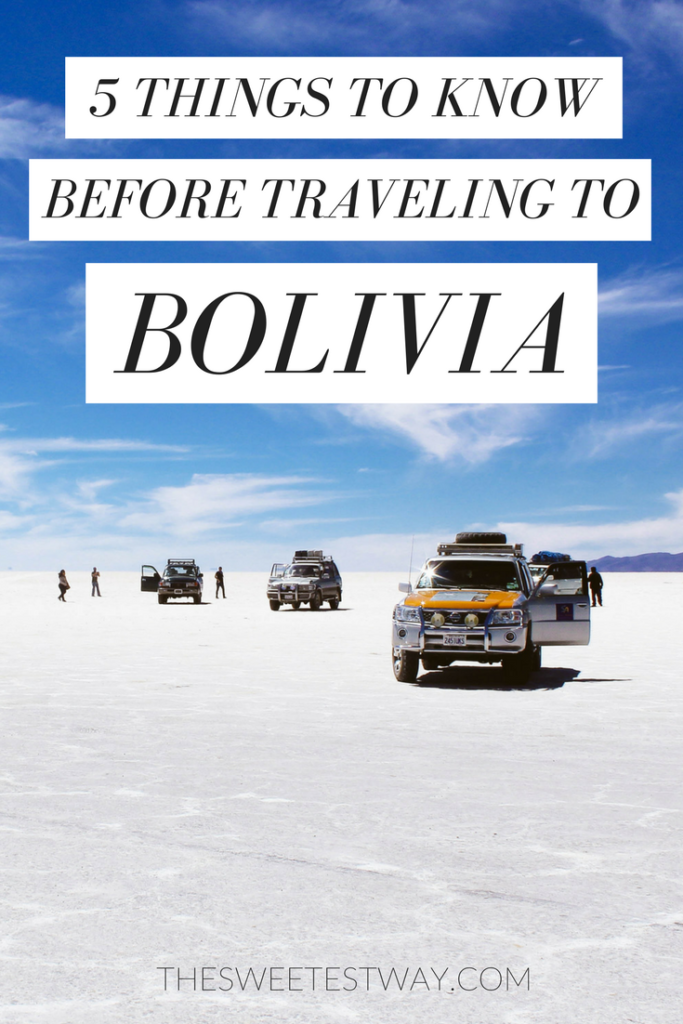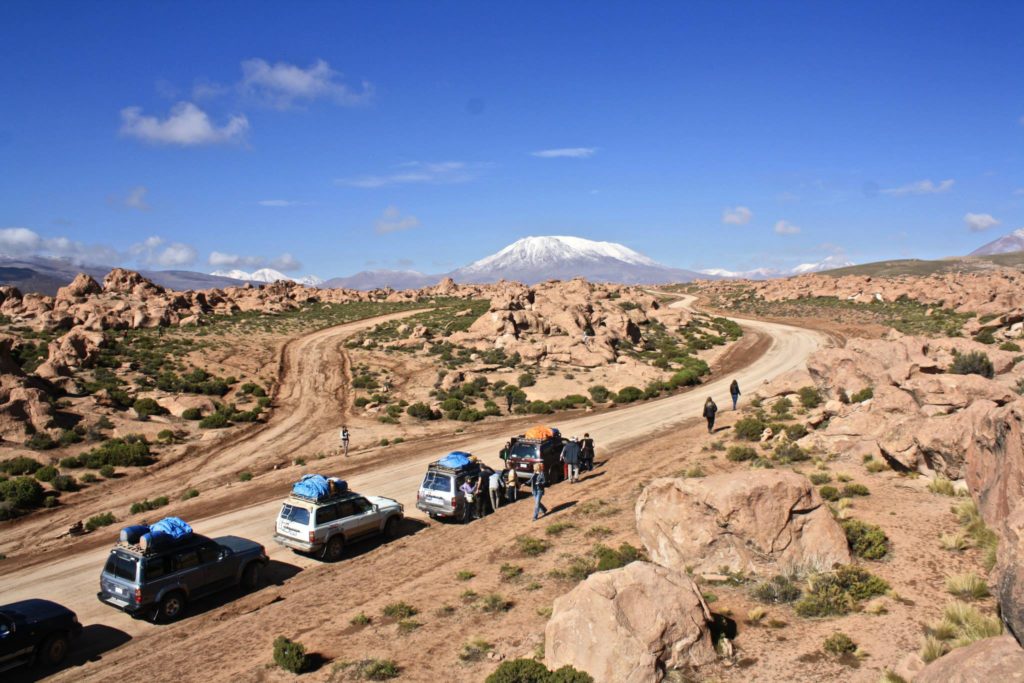So, you’re traveling to Bolivia? Here are five things I wish I knew before heading there myself.
It’s crazy cheap
Accommodation can run you as little as 25 Bolivianos per night (as was the case in Copacabana–that’s the equivalent of $3.62 USD) for something really bare bones, or for a typical hostel setup including WiFi, a bar, free breakfast etc, you might pay something more like 59 Bolivianos, which is still only about $8.50 USD.
Food is more affordable than any other South American country I visited as well–street food especially (3 Bolivianos for an empanada or salteña, maybe 10 for a steak sandwich with loads of toppings) but in restaurants, too. While wandering near the city center, we paid just 12 Bolivianos ($1.74) for a set lunch including bread, soup, a main course and a dessert.
Waste management is not a priority
Trash sometimes completely fills roadside ditches and locals can often be seen ditching things carelessly as they stroll down the street. I was quite saddened to see the shores of Lake Titicaca treated as a dumping ground, but waste receptacles are indeed hard to come by. Don’t be surprised, but do your part to keep things tidy and recycle whenever possible.
Poor electrical wiring has been taken to terrifying new extremes
In Bolivia, it’s not just the seemingly tactless wiring throughout the city that’s alarming–electrically heated showers (an electrical wire is wrapped around the pipe leading to the shower head and water is heated on the spot just before it hits you) have been known to host exposed wires and even sometimes deliver an electric shock mid-shower. This was never the case for me, but I was frightened nonetheless. There are few things I hate more than a cold shower…except maybe being electrocuted by a hot one.
This was never the case for me, but I was frightened nonetheless. There are few things I hate more than a cold shower…except maybe being electrocuted by a hot one.
It’s hard to breathe in this country
At an average altitude of 3,800 meters, La Paz is the highest city I’ve visited yet, and it doesn’t help that the city center is San Francisco-style hilly. I don’t mind hoofing it around in a new place, but it certainly put my lungs to the test. The landscape has so far proven breathtaking as well. The three peaks of Illimani mountain that overlook the city are nothing short of spectacular–and let’s not forget the magical Salar de Uyuni, the world’s largest salt flat.
The people are lovely
I made the mistake of reading my Lonely Planet a little too carefully on my way into La Paz. The chapter on Bolivia is peppered with accounts of all kinds of scams the locals have been known to run on unsuspecting travelers, and while I think it’s good to be aware such things exist, it made me a bit paranoid on my first night in the big city.
I clutched my bag closely and left all my valuables in the hostel, and even though I ventured out in a group, my guard was up more than it has been in quite some time. However, I was consistently pleasantly surprised by my friendly interactions with locals–the cab drivers are chatty, strangers on the street are helpful, I wasn’t even hit on by creepy old men during my wandering! Winning all around.
Related post: 15 Extraordinary South American Adventures to Have in Your Lifetime
Have you traveled to Bolivia? What tips would you add to this list?



